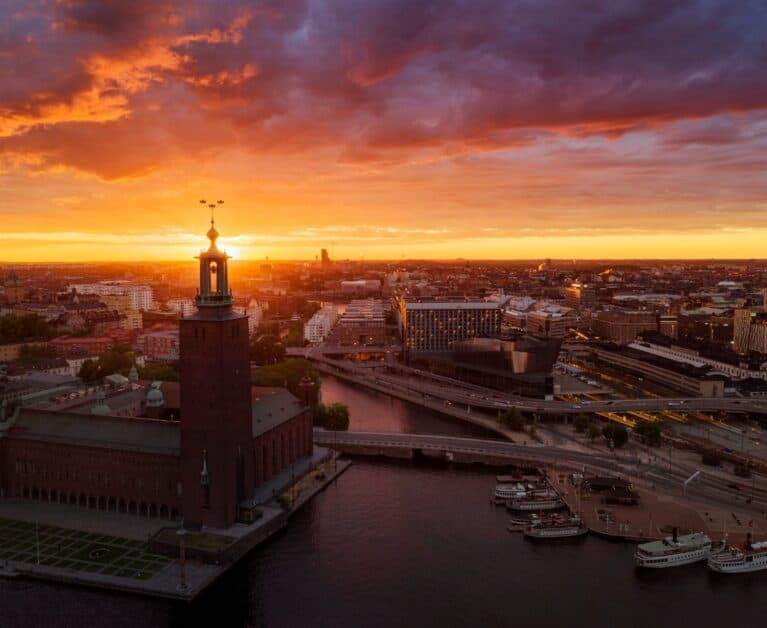Lisbon, Portugal – Essential Travel Guide
PUBLISHED August 31st, 2016 03:00 pm | UPDATED October 13th, 2023 05:23 am
The capital and the largest city in Portugal, Lisbon is also one of the oldest cities in the world, predating its (glitzier) European counterparts like London and Paris. This ex-trading port on the Western Iberian Peninsula on the Atlantic Ocean boasts of cobbled alleyways and tiles passed down from the Middle Ages when the Arabs ruled parts of Europe.
You’re never short of something to do in this cinematic, hilly, coastal city. Think beaches and resorts, days trips to Sintra and Cascais, palaces and museums, and of course, Portuguese food and wine (which is highly underrated in our opinion).

Weather Climate
With a Mediterranean climate, the temperature in Lisbon averages 17°C, making it the second warmest capital in Europe (after Athens, Greece).
January – March: Winter months, with January being the coldest, averaging 11°C. Temperatures generally don’t below 10°C.
June – September: Summer months, peaking in July and August, with an average temperature of 24°C.
October – December: Autumn months are characterised by rain and wind, with November being the wettest month.
Getting there and away
Air
Lisbon’s Portela Airport is the main international airport, located 6.5km north of the city centre. A focus city for easyJet and Ryanair, it’s serviced by other European international airlines like British Airways, Air France and Lufthansa, while US airlines like American Airlines and United Airlines fly seasonally.
20km west of the city centre in Cascais is Cascais Aerodrome, which offers commercial domestic flights.
To learn more about the updated entry requirements, we recommend this page as it explains visa-related information in greater detail and serves as a guide for those planning to visit Portugal and get up-to-date information on the application, requirements, fees, and visa types.
Land
Lisbon is serviced by four main train stations: the Santa Apolonia (Estacao da Santa Apolonia), Rossio (Estacao do Rossio), Barreiro (Estacao do Barreiro) and Cais do Sodre (Estacao do Cais do Sodre). Trains connect Lisbon to most major European cities, such as London, Paris, Barcelona and Budapest, as well as within Portugal.
Getting to and from the airports
Bus
The Scotturb airport shuttle bus is the best for those heading to the resorts at Estoril or Cascais. Take the Aerobus if you are heading to downtown Lisbon and Cais do Sodre. This bus runs every 20 minutes from 7 am to 9 pm. For those heading for Cais do Sodre Railway Station, take the No. 91 bus service. Other bus routes operating from the airport also head to various locations within the city in 20 minutes. A one-way ticket to the city center cost €1.35. Alternatively, an all day ticket is available at €3.35.
Taxi
An average fee of €15 can be expected for a 15-minute ride to get to the city center by taxi. Do make sure that the drivers use the meters.
Getting Around Lisbon

To use the public transport, you first have to obtain a “Viva Viagem Card” at €0.50 and load it with any of these options:
- Single ticket – €1.40. It can be used on both metro and buses within a period of 1 hour until your destination.
- 1-day ticket – €6. It can be used on metro, buses, trams and elevators for 24 hours after validation.
- Zapping – You can recharge the amount in your card, which is discounted when you validate a trip. A single metro ticket would cost €1.25 instead of €1.40. This can be used in buses and metro.
Tram
These striking yellow trams are one of the icons of modern Lisbon. Well-suited for travelling through the steep hills and narrow streets, trams connect the city centre to the higher suburbs, such as Glória, Bica, Lavra and Santa Justa. Tram 15 goes from Commercio Square (the main square in Lisbon) to Belém, along the river Tagus. Tram 28, a tourist attraction in itself, takes you from Lisbon’s center, the Baixa district, all the way to the Alfama district. One ride costs 2,80€, and the day pass can also be used on trams.
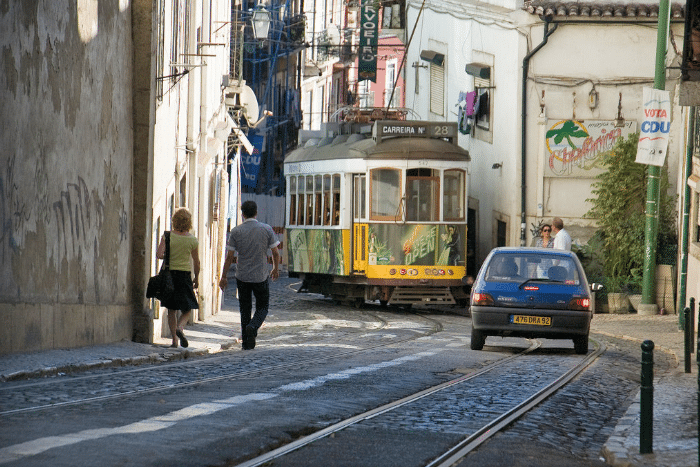
Metro
Signposted by large blue M signs, the metro is the fastest way to get around Lisbon. Easily accessible and understood, they run from 6.30am to 1am, and are serviced by 4 main lines.
Bus
Bus services are also readily available throughout the city. They are connected by a large network of lines, bringing you to corners where the metro or tram does not take you to.
Elevators
It’s no wonder that elevators are invented in this city of seven hills. The funicular system of four elevators have been declared national monuments since 2002, since they were built and put to use in the late 19th and early 20th century.
Walk
Lisbon is a city best discovered on foot, though the steep slopes mean that a certain level of fitness is required. Wear durable walking shoes as the cobblestone streets are narrow and uneven.
Where to Stay in Lisbon
Budget Hotels (Less than US$50 per night)
Residencial do Sul ($34-69 USD per night) – Elegant and modern, Residencial do Sul is situated in the middle of the town centre. The only downside is that Wifi is available only in the common area. Avenida Almirante Reis nº 34, Alfama, Lisbon, Portugal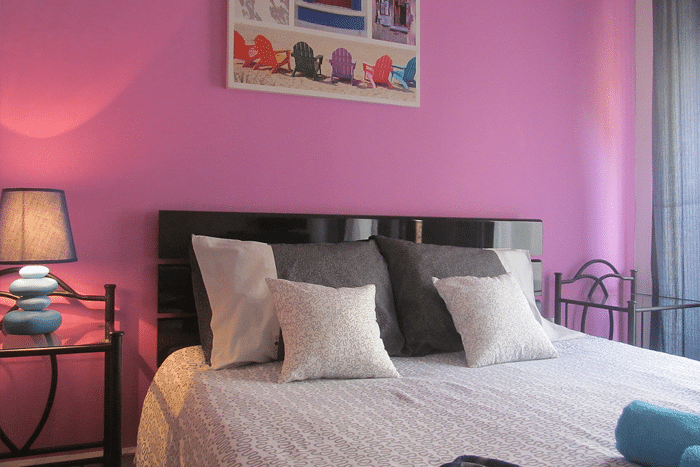
Baluarte Citadino Stay Cool Hostel ($42-44 USD per night) – Private accommodation with basic breakfast included. Rooms are of considerable size for a hostel located at the top of a street. A comfortable, affordable option for the non-fussers. Rua Camilo Castelo Branco, N?22, R/C, Esq, Baixa, Lisbon, Portugal
Lisbon Gambori Hostel ($42 USD per night) – Away from the tourist crowd, the Lisbon Gambori is great value for money for those looking for private accommodation. Av. Almirante Reis n.o 62, 1o andar, Alfama, Lisbon, Portugal 1150-020
Mid-range Hotels (US$50-125 per night)
Lisbon Destination Hostel ($69 USD per night) – Its unique location – inside the Rossio train station – draw many. Staff are proactive, and the atmosphere is comfortable and cosy. Rossio Train Station, Second Floor, Lisbon 1200-160, Portugal
Yes! Lisbon Hostel ($81 USD per night) – Expect to find a friendly community at Yes! Breakfast included and there’s a bar downstairs for some night action. R. de Sao Juliao 148, Lisbon 1100-527, Portugal
Home Lisbon Hostel ($84 USD per night) – For a home away from home, look no further. Home Lisbon Hostel provides a warm and friendly atmosphere with its home-style cooking for group dinners. Rua de Sao Nicolau, 13, 2Esq, Lisbon, Portugal
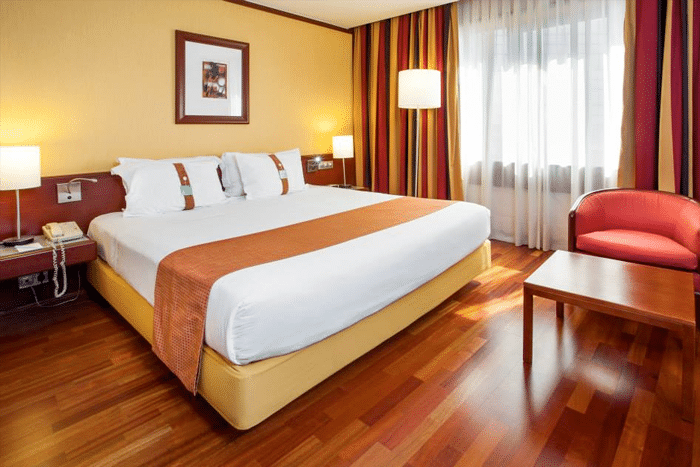
Holiday Inn Lisbon Continental ($93-125 USD per night) – This modern, high-rise hotel in the financial district is closer to the bullfighting arena and the international Airport than the city centre. Best for business travellers. Rua Laura Alves 9, Campolide, Lisbon, Portugal 1016-169
Luxury Hotels (US$150 and up per night)
Bessa Hotel Liberdade ($153-193 USD per night) – Think spectacular city views and massive (by European standards) rooms at this stylish property. Avenida da Liberdade 29, Baixa, Lisbon, Portugal 1250-139s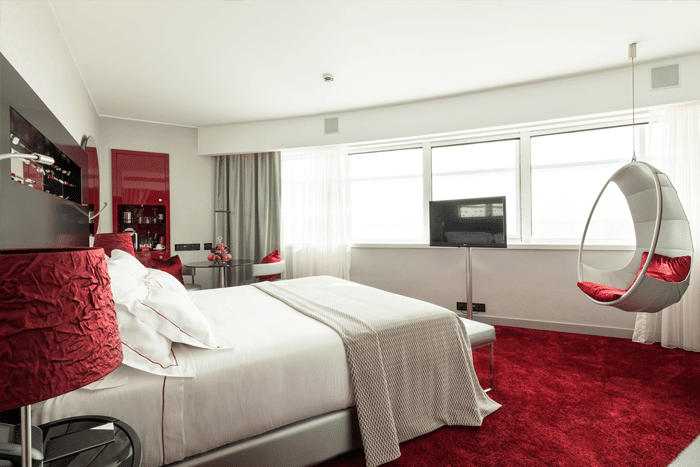
Myriad by SANA Hotels ($194-277 USD per night) – Myriad commands an excellent location with easy access to the city’s biggest attractions, such as Torre Vasco da Gama, Jardim Garcia de Orta, Gare do Oriente. Cais das Naus, Lote 2.21.01, Moscavide, Lisbon, Portugal 1990-173
Hotel Portugal ($211-246 USD per night)– Maintaining high service standards and a generous room size, this easily accessible hotel is the right blend of elegance and charm. The only downside is the noise that comes from the nearby metro. Rua Joao das Regras, 4 | Downtown Lisbon, Lisbon 1100-294, Portugal
Santiago de Alfama ($316 USD per night) – This five star boutique hotel is located near the Castello in the Alfama district, where some of the best restaurants and Fado in Lisbon abound. Alfama, Lisbon 1100-494, Portugal
Places to Visit in Lisbon
Baixa
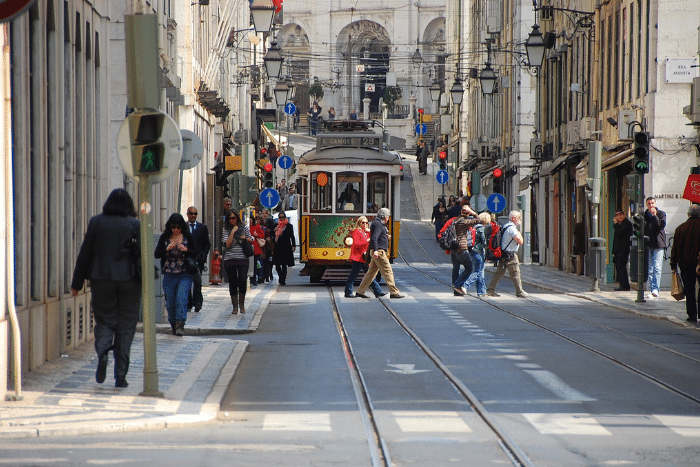
Baixa is the center of all the action. It’s your one-stop district for shopping, food, drinks, transportation, and accommodation.
Rua Augusta is the main pedestrianised shopping street that links the central Rossio square with the riverfront Praça do Comércio. Rua Garrett is another street lined with popular fashion labels.
Head to nearby Rua da Alfandega to refuel after a day of exploration. It’s a street full of local food specialities.
Chiado
Just adjacent to Baixa, Chiado is a literary heaven. The number of theatres, literary cafes, and old bookshops make it a popular gathering spot for art, design and literary students.
The Chiado Museum (telling the history of Portuguese contemporary art); the Archaeological Museum, which replays the devastating earthquake in 1755; the Baroque churches of Mártires, Loreto and Encarnação; and São Carlos National Theatre, São Luiz Theatre and Trindade Theatre are all important characters of Lisbon’s socio-cultural sphere that can be found in this district.
Alfama

Characterised by steep slopes, the Alfama district encapsulates the legend of Lisbon, with age-old buildings, traditional laundry spaces (a big outdoor sheltered tub for neighbouring households to do their washing in public), and narrow alleys. Houses are built within inches of each other; you can literally hang your linen across to the opposite household. The only thing you are expected to do here is simply to get lost in the labyrinth of streets.
Unsurprisingly, it was in the midst of this ordered mess of a neighbourhood that Fado was born, and therefore is one of the best places to bask in this traditional folk music.
Castle of São Jorge
Castle of São Jorge is perched sweetly at the highest point on Lisbon. It was on this hill where Lisbon began to take shape. The first King of Portugal conquered Lisbon from this castle in 1147. It is also from this ruined Moorish castle that you can see the entire city, the hills, the river and the rooftops.
Lisbon Oceanarium
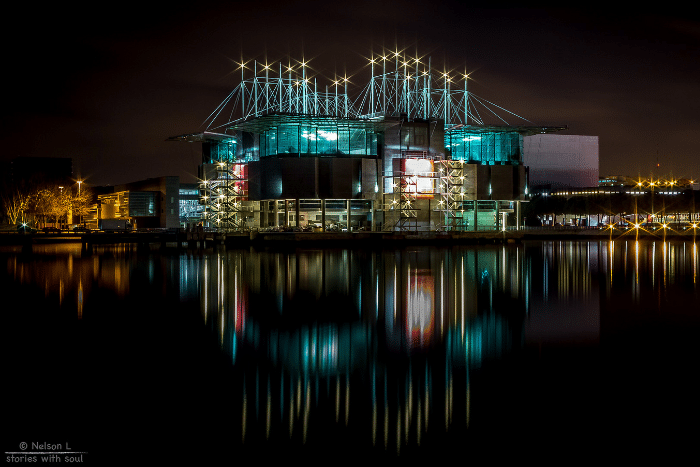
One of the most massive in Europe, the marine environments are recreated accurately to reflect the real environments that they are found in.
Belém
Formerly a busy harbour front from which seafarers would set out on their great Atlantic voyages in the 15th and 16th century, several monuments and museums have put down roots by the river, making it a great area for a pleasant stroll and an afternoon of discovery.
Don’t miss two of Lisbon’s most emblematic monuments that have also been crowned World Heritage Sites – the Jerónimos Monastery and the Tower of Belém.
Mercado da Ribeira
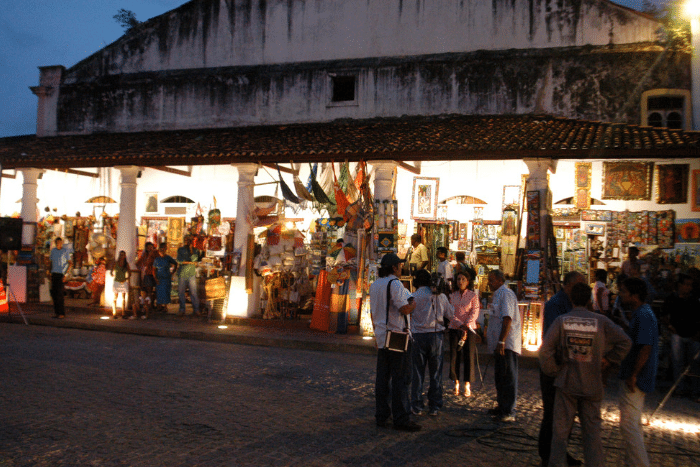
A central food market located near the riverfront Cais do Sodré, expect to find a plethora of local delicacies here. Bonus if you are here on a Tuesday and Saturday morning, where a flea market, Feira da Ladra, will be set up selling a mishmash of everything from broken alarm clocks, houseware to antiques and second-hand books.
Terreiro do Paço
The largest square in Lisbon and one of the most iconic symbols of the city since its reconstruction following the earthquake in 1755. It offers a great view of the river and makes for a pleasant walk along the river.
Things to do in Lisbon
Take the tram
While the tram is a common means of transport for the locals, it is iconic of Lisbon. If you want the best of Lisbon, Tram 28 is for you. Running through the historic neighbourhoods, you should definitely take it at least once during your visit.
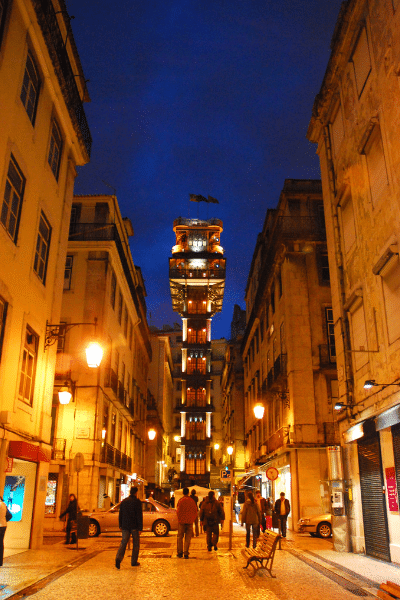
Go up the Santa Justa elevator
Just as you have to take Tram 28, the Santa Justa elevator is another popular attraction for visiting tourists. Designed by Ponsard, a disciple of the legendary Gustave Eiffel, this iron elevator has been built in the since the 1880s to connect the lower districts to the elevated suburbs. Great for an overview of downtown Lisbon.
Listen to Fado
Take in their traditional folk music, Fado, which is best found in a fado house along the streets of Alfama, Mouraria or Madragoa. For a history about Fado, the Fado Museum shares the origins of Fado in the museum’s documentation centre.
Viewpoint Hunting at some of Lisbon’s best miradouros
Capture panaromic pictures at Miradouro de Santa Luzia, with dazzling views over the Alfama; the Miradouro das Portas Do Sol and Miraduoro Senora Do Monte, that offer a view of Alfama’s rooftops, towers, and domes descending towards the river; the Miradouro de São Pedro de Alcântara, overlooking the Baixa; and the Miradouro de Santa Catarina, the preferred spot for Lisbon’s guitar-strumming bohemians.
Museum Hop for Free
Come the first Sunday of every month, catch some of the big attractions in Lisbon at no cost, including the tile museum Museu Nacional do Azulejo, art museums Museu Nacional de Arte Antiga and Museu Gulbenkian, as well as the Mosteiro dos Jerónimos in Belém.
Taste authentic Portuguese custard tart

This is the reason why anyone would come to Portugal, no? Portuguese custard tart is an emblem of Portuguese cuisine, with its recipe so closely guarded that you cannot find a tart that tastes the same anywhere else. These tarts are best enjoyed with a dash of cinnamon powder, and some like to pair it with coffee.
Taste Portugal’s cherry liqueur, Ginjinha

Made from sour Morello cherries, some shops offer you ginjinha in chocolate cups, while others leave a surprise for you at the bottom. Finish off with something sweet to balance the strong flavours of the liqueur.
Party the night away in Bairro Alto
There’s nothing like ending your day in Lisbon at Bairro Alto. The place to be for those hankering after a fun night out – Lisbon’s night scene is one not to be missed.
Where to Eat and Drink
Restaurants & Cafés
Pasteis de Belém. Dishing out one of the best Portuguese tarts you can ever find, you can expect long queues (that move rather quickly). They sell up to 16,000 tarts a day, so there are fresh tarts are prepared round the clock.
NATA might be a chain, but it’s an easy place to get your Portuguese tart fix. Their tarts are flakier and crispier than that of Pasteis de Belém.
Pavilhão Chinês translates to “Chinese Pavillon”, and the interior decor will render anybody spellbound. Boasting a vintage theme, the dim restaurant bar is no different from a museum, with collections such as teapots and figurines, miniature dolls and military artefacts dating from the 18th century. Have dinner in one of their intimate booths and be immersed in an atmosphere of history.
Sr. Fado de Alfama, located in Alfama, is owned by Fado singer Ana Marina and fado violinist Duarte Santos. They have a reputation of being one of the best places to be for food and music. Be mesmerized by the Fado performances alongside home-cooked meals and local wine.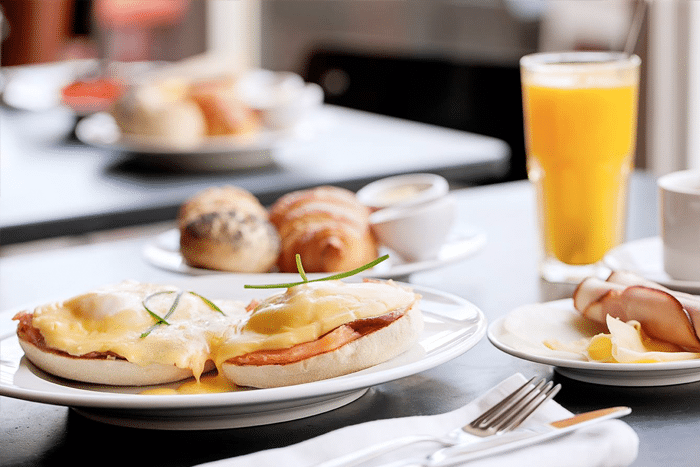
Deli Delux on Avenida Infante is one of Lisbon’s most popular food establishments, packed with locals stocking up on local groceries on Sundays and indulging in a leisurely brunch.
Solar dos Presuntos is a family-run business that offers a local taste of delicious Portuguese home cooking. Having been in the scene for years, they serve a loyal clientele who come for their wide variety of vinho verdes (young Portuguese wine consumed soon after bottling).
After chef José Avillez took over Belcanto, he transformed it into the gastronomic haven it is today, being the first restaurant in Lisbon to be awarded with two Michelin stars.
O Faroleiro. For memorable beachside dining, this upscale seafood restaurant is worth travelling to Cascais for. Perched by the beach with dreamy Atlantic views, try their fresh seafood.
Cervejaria Ramiro is a mecca for some of Lisbon’s finest seafood, and some claim the best lobster in Lisbon.
Cantinho Lusitano serves up palatable yet reasonably-priced Portugese tapas. They keep their customers coming back with their ever-changing menu. Recommended dishes include Pica-Pau (strips of beef with special sauce and fried sweet potatoes), semi cured cheese with pumpkin jam, meat rolls with mint and Greek yogurt sauce and grilled chouriço sausage with moscatel sauce.
Bars

Clube Ferroviário is a themed bar resembling everything about a train. If you are not half impressed, the terrace views over the river will stupefy you. Concerts and events are run throughout the year, and especially so in spring and summer.
Cinco Lounge is where cocktail connoisseurs converge. Their menu is rendered irrelevant when the bartender delights you with a custom concoction based on your preferences.
Trobadores is a themed medieval bar that turns the ordinary extraordinary. They serve Portuguese sausage on fire, serve beers in horns and clay glasses, and play live music with bagpipes.
Botequim. Dubbed one of the most atmospheric in Lisbon, this historic bar takes you into a literary world where wine is paired with poetry readings and discussions of politics. This bar also boasts views of the Miradouro da Graça.
Maria Caxuxa. Once a bakery, old machinery that were used in the past now don the interior. Maria Caxuxa exudes a soothing atmosphere during the week, with house music heating up on weekends.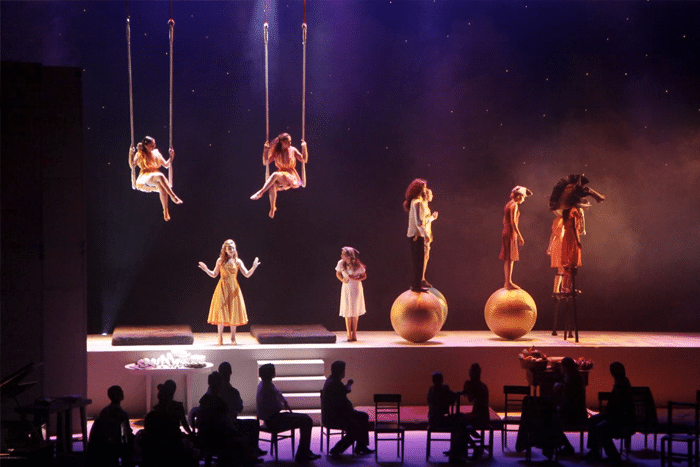
Chapitô. More than a bar or a restaurant, be entertained by performers such as magicians, jugglers, people on stilts. Indoor and terrace seating areas are available.
Ginjinha do Rossio is the perfect little bar to try out ginjinha, a very popular Portuguese cherry liqueur. Each ginjinha shot includes a cherry at the bottom for you to nibble on at the end of your drink.
Nightlife
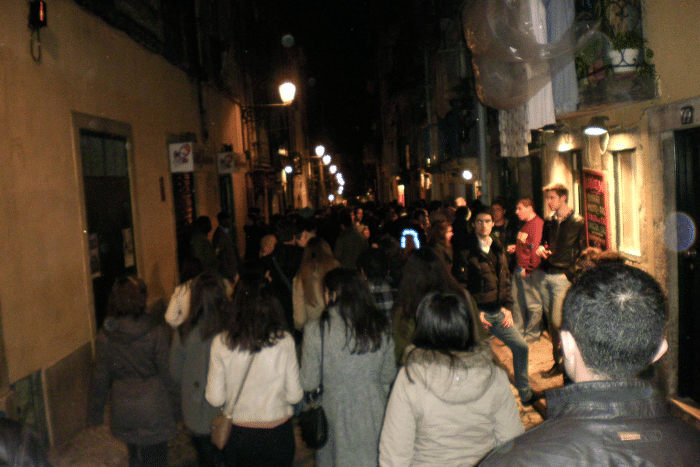
Bairro Alto is the epitome of Lisbon’s nightlife. The plethora of bars offers something for everybody. Príncipe Real, to the north of Bairro Alto, is one to visit. Not only is it known for its antique and design shops, it’s also a popular point of congregation for the gay community.
Cais do Sodré is one of the most renowned location to capture the best of Lisbon night scene, with restaurants, bars, clubs and discos splayed across this trendy spot. Music genres vary, from reggae through to African music, indie and Gothic rock. This is the one place to unleash your energy and keep your excitement fuelled throughout the night.
Lux. Dubbed one of Europe’s top nightspots, this club hosts some of the best international DJs. The considerable admission charge doesn’t seem to stop visitors either.
Shopping
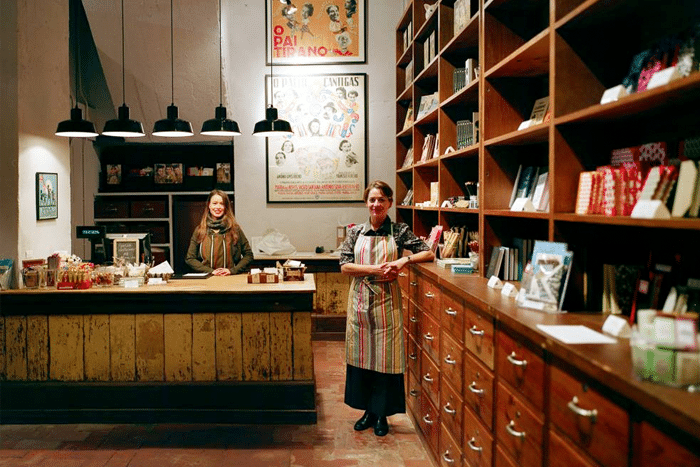
A vintage store that prides itself on carrying only Portuguese traditional brands and homeware products, A Vida Portuguesa sells everything from hand-made soaps to home décor, with some over a century old. It’s worth going just for the enchanting wooden interiors and furniture. Another vintage store – that also serves coffee – to check out is A Outra Face Da Lua.
For luxury brands, be sure to hit up Avenida da Liberdade, which is home to labels like Louis Vuitton, Armani, Burberry’s, Gucci and Prada. Previously home to the old Ourivesaria Aliança, Spanish jewellery brand Tous has maintained the beautiful space decorated in the style of Louis XV, with a facade dating back to 1914.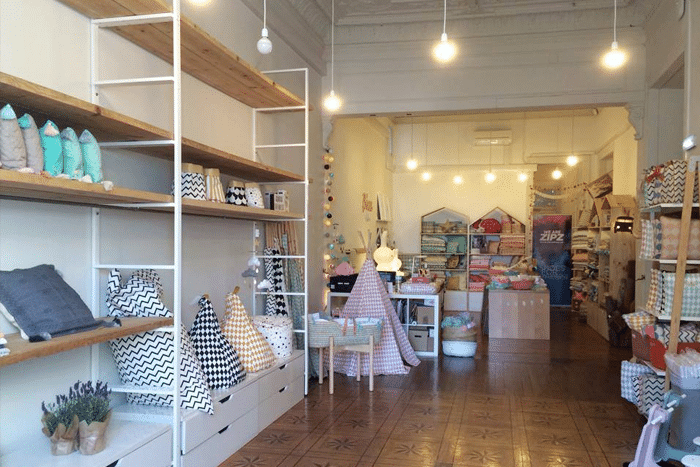
For local Portuguese designers, step into the rooms of a former palace from the 1800s. Embaixada features quality crafts, jewellery, and fashion – but it’s the Moorish-inspired imposing staircase connecting the two floors that transforms your visit into one royal shopping experience. Indoor urban market Entre Tanto is an alternative place for trendy products made in Portugal, from fashion to furniture and everything in between.
Festivals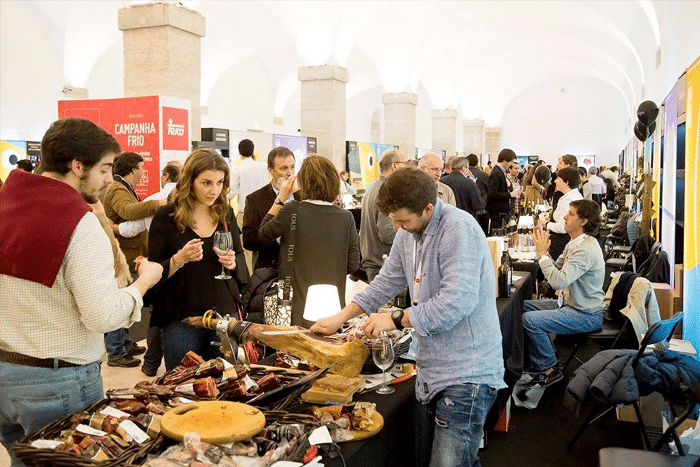
Lisbon Fish & Flavours (April) – This festival celebrates the speciality of Lisbon, fish. Through its medley of tastes, preparations, recipes and side dishes of different fish types, you can expect plenty of tasting, cooking demonstrations, and entertainment.
Santo Antonio Festival (12 & 13 June) – Celebrating Portugal’s patron saint, Santo Antonio, to whom many miracles have been attributed, look forward to parades and parties, especially on the narrow streets of the Alfama, where the entire district transforms into a giant outdoor party filled with food and dances.
IndieLisboa (April/May) – Film fanatics, this is the International Independent Film Festival of Lisboa. This festival seeks to highlight the newest films in the industry and spotlight up-and-coming directors in the realm of independent cinema.
Rock in Rio (May) – Previously held in Brazil, Spain and USA, Rock in Rio is a huge rock festival that originated from Rio de Janeiro. With an extensive digital media presence and touted as the world’s largest music festival, it attracts some of the biggest names in popular music.
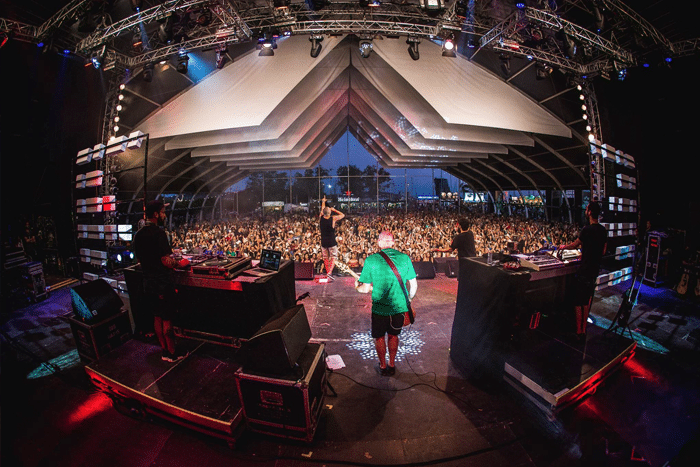
NOS Alive (7-9 July) – Now in its 10th year, NOS Alive’s reputation reaches far and wide, having been shortlisted in the ‘Best Overseas Festival’ category at the UK Festival Awards 2014. Previous artists that have played at the festival include Arctic Monkeys and The Libertines, with legendary electronic acts and DJs such as The Chemical Brothers and The Prodigy.
Super Bock, Super Rock (July) – Named after its main sponsor beer brand Super Bock, this festival is among Europe’s foremost rock and pop music festivals. Hosting pioneers along with the biggest contemporary stars, Super Bock Super Rock is an event not to be missed for music-lovers.
Doc Lisboa (October) – The only Portuguese competitive festival entirely dedicated to documentaries, this festival attracts the finest contemporary production from around the world in this 11-day event.
Essential Tips
Food and Drink
Tap water in Lisbon and elsewhere in Portugal is perfectly drinkable. Alternatively, bottled water is also aplenty, available in kiosks or supermarkets. Common Portuguese water brands include “Caramulo,” “Luso,” and “Sete Fontes.”
Language
Portuguese is the main spoken language, though English is also widely understood as well.

Religion & Culture
Being a city of immigrants, the Portuguese culture is influenced heavily by the motley of conquerers, from the Portuguese to the Arabs, as well as the Moorish and the Romans. A rich legacy in the form of archaeological remains now dot the city, from the Baroque architecture to palaces, castles and churches. Over the years, immigrants have further enriched the culture with their own, especially Flemish, French and Italian.
The great majority of Portuguese are Roman Catholics. Catholicism revolves around the Portuguese life, from the national holidays, to the education and healthcare system. Other religions include Islam and Judaism.
Society
The upbeat nightlife, sandy beaches and warm climate makes for a gay-friendly destination.
Soccer is the foremost sport in Portugal, while golf is increasing in popularity. Other popular recreational activities include bullfighting, with bullfighters donning eighteenth-century costumes and folk dancing.
Violent crime is rare in Portugal, for emigration has served as a form of liberation for social tensions, making Lisbon of the most liveable cities in Europe.


